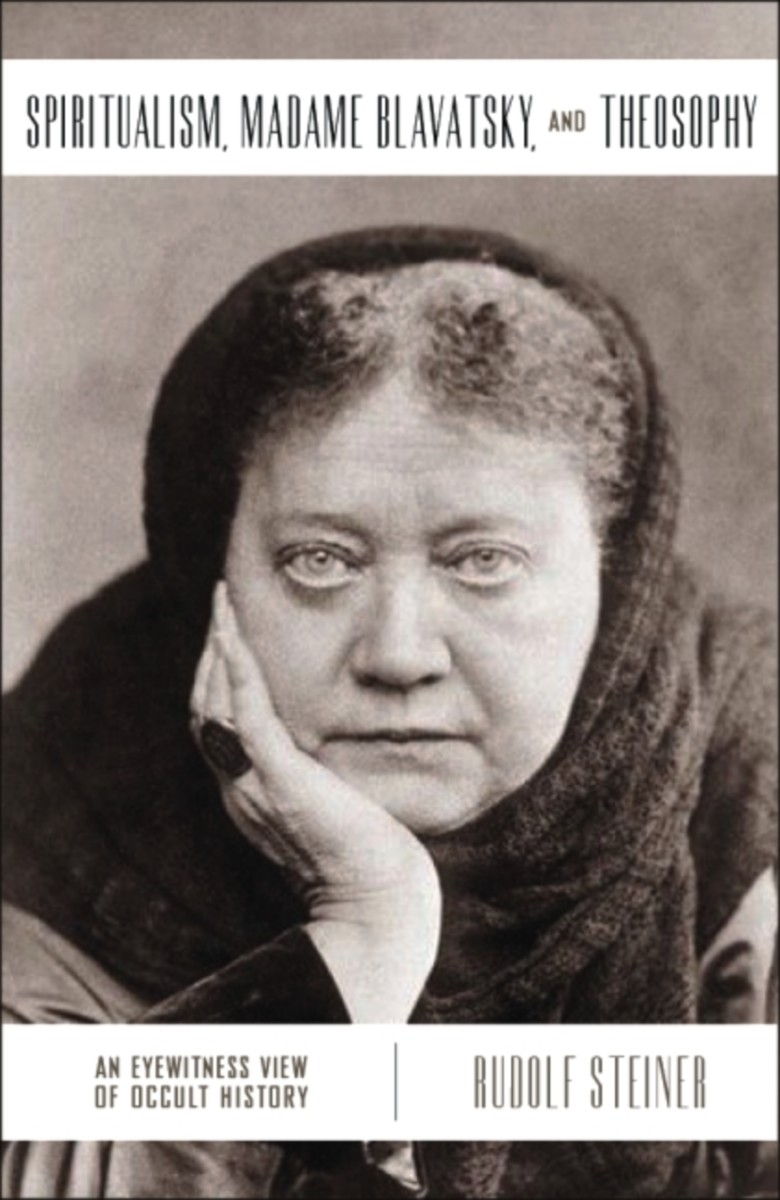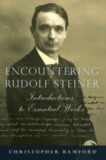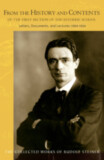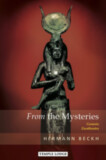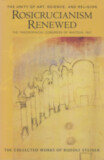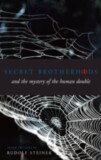Spiritualism, Madame Blavatsky, and Theosophy
An Eyewitness View of Occult History
- Publisher
SteinerBooks - Published
11th November 2002 - ISBN 9780880104951
- Language English
- Pages 288 pp.
- Size 6" x 9"
Selections from the Works of Rudolf Steiner
Without the spiritualist movement and the amazing personality of Helena Petrovna Blavatsky, the creator of the Theosophical Society, the spiritual revolution of the twentieth century—the so-called New Age, with all its movers and shakers—would be unimaginable. And the work of Rudolf Steiner, G.I. Gurdjieff, René Guénon, Hazrat Inayat Khan, Sri Aurobindo, R.A. Schwaller de Lubicz, and C.G. Jung could not have become what it was.
In this fascinating volume on the Theosophical movement, Rudolf Steiner, one of its primary participants, tells his story in his own words. We are told of the origins of the theosophical movement in spiritualism and somnambulism. We are given Steiner's own version of the relationship between Anthroposophy and Theosophy through his White Lotus Day Lectures, given over several years on the anniversary of Madame Blavatsky's death.
Steiner then moves into the realm of occult history, where he relates Theosophy to its historical ground in Western esotericism, especially Rosicrucianism. He reveals events from the seventeenth century that led to the emergence of Freemasonry and other secret societies, as well as the hidden history of the creation of Theosophy in the nineteenth century and the conflicts that still reverberate today between the Anglo-Saxon and Germanic occult streams.
CONTENTS:
Introduction by Christopher Bamford
Prologue: A Personal Statement (from “The Barr Document”)
PART ONE: Spiritualism, Somnambulism, and Theosophy
1. Theosophy and Spiritualism
2. Theosophy and Somnambulism
3. The History of Spiritualism
4. The History of Hypnotism
PART TWO: White Lotus Day Lectures
in Honor of the Anniversary of the Death of Madame Blavatsky
5. The Return of the Mysteries
6. Remembering Madame Blavatsky
7. Christ and the Further Development of Consciousness
8. Ancient Wisdom and the Heralding of the Christ Impulse
PART THREE: Hidden Aspects of Occult History
9. Materialism and Occultism
10. The Founding of the Theosophical Society
11. The Significance of the Eighth Sphere
12. More on the Eight Sphere
13. Some Background to the Role of Madame Blavatsky
14. Occult Brotherhoods
15. Madame Blavatsky’s Occult Imprisonment
PART FOUR: From Theosophy to Anthroposophy
16. Homeless Souls
17. The Unveiling of Spiritual Truths
18. The Opposition to Spiritual Revelations
19. Spiritual Truths and the Physical World
20. The Decline of the Theosophical Society
21. The Emergence of the Anthroposophical Movement
Rudolf Steiner
Rudolf Steiner (b. Rudolf Joseph Lorenz Steiner, 1861–1925) was born in the small village of Kraljevec, Austro-Hungarian Empire (now in Croatia), where he grew up. As a young man, he lived in Weimar and Berlin, where he became a well-published scientific, literary, and philosophical scholar, known especially for his work with Goethe’s scientific writings. Steiner termed his spiritual philosophy anthroposophy, meaning “wisdom of the human being.” As an exceptionally developed seer, he based his work on direct knowledge and perception of spiritual dimensions. He initiated a modern, universal “spiritual science” that is accessible to anyone willing to exercise clear and unbiased thinking. From his spiritual investigations, Steiner provided suggestions for the renewal of numerous activities, including education (general and for special needs), agriculture, medicine, economics, architecture, science, philosophy, Christianity, and the arts. There are currently thousands of schools, clinics, farms, and initiatives in other fields that involve practical work based on the principles Steiner developed. His many published works feature his research into the spiritual nature of human beings, the evolution of the world and humanity, and methods for personal development. He wrote some thirty books and delivered more than six thousand lectures throughout much of Europe. In 1924, Steiner founded the General Anthroposophical Society, which today has branches around the world.


